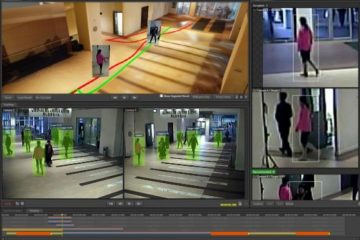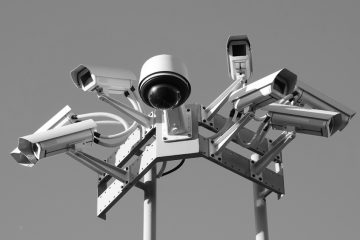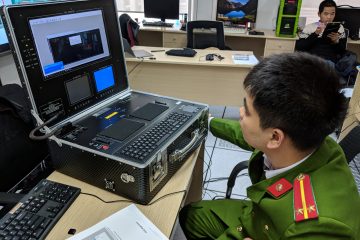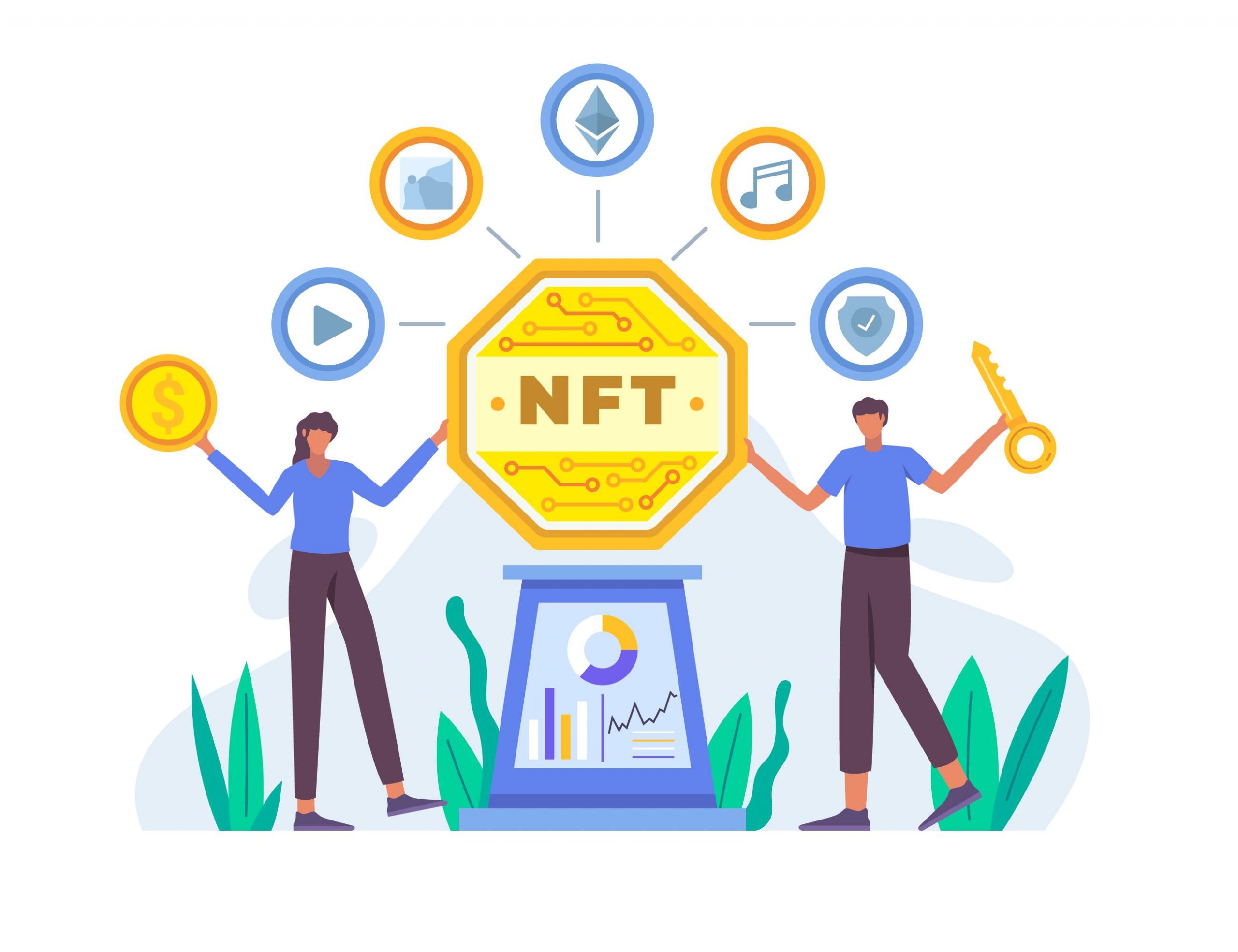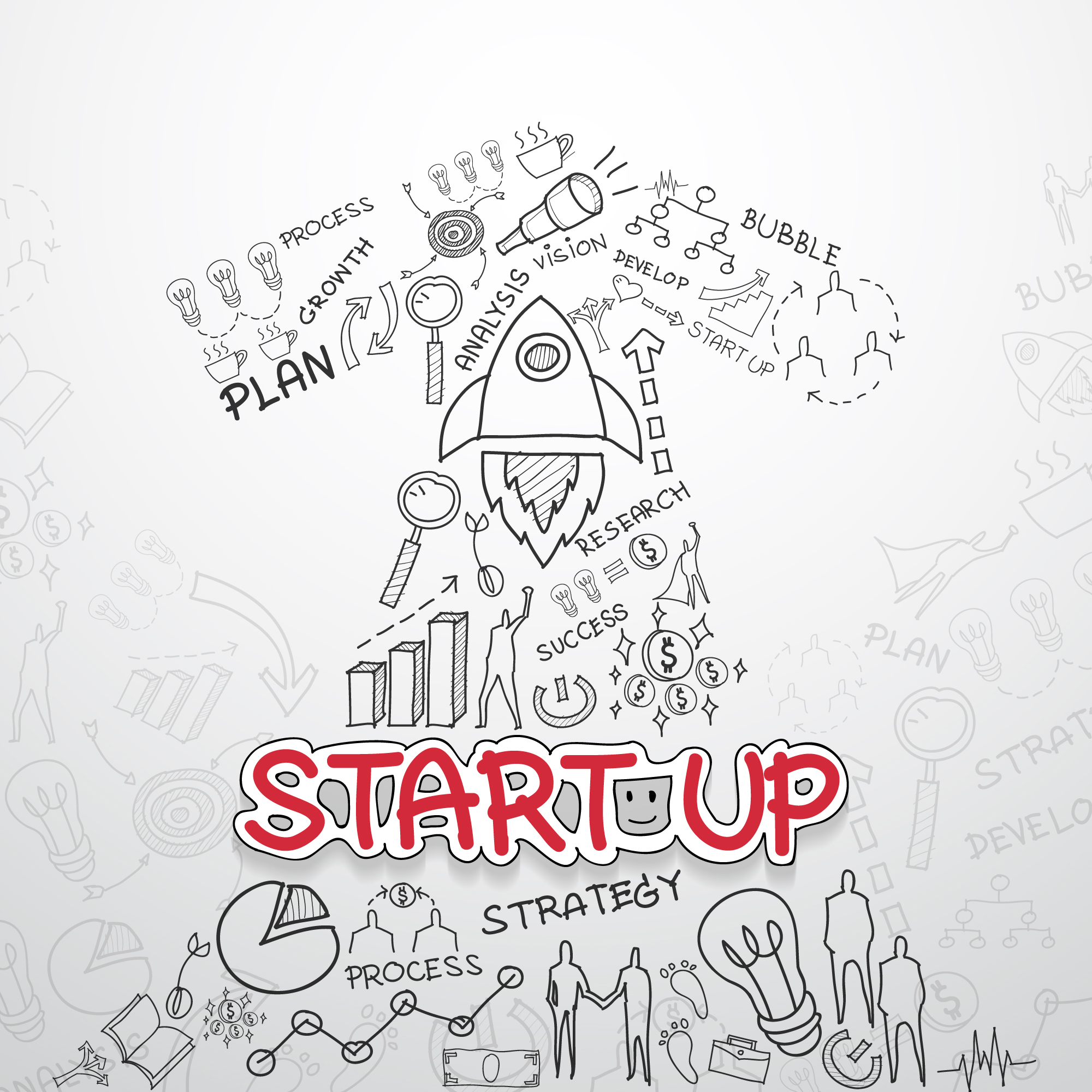AI in Demand Forecasting – A Simple Guide to the Future of Forecasting

The demand for AI in forecasting is growing rapidly, as is the need for reliable, accurate forecasts. In this article, we’ll provide a simple guide to the future of forecasting using AI. We’ll cover topics like how AI is changing the way we forecast, the benefits of using AI in forecasting, and how to get started using AI in your forecasting process. So whether you’re a beginner or an experienced forecaster, read on to learn more about the future of AI in forecasting!
What is Demand Forecast and How is it Useful?
Demand forecasting is a technique that businesses use to predict how much product or service will be demanded in the future. This can help businesses make decisions about what to produce and how to distribute it, ensuring that they’re able to meet customer demand.
There are a number of different methods that businesses use when forecasting demand, but the most common approach is exponential smoothing. This involves predicting the past behaviour of demand over a period of time and projecting this forward, based on certain assumptions about how it will continue to behave.
This method can be used in conjunction with other models like regression analysis or econometric modelling to get a more accurate picture of demand trends. Ultimately, using demand forecasts can help businesses make better decisions about their future business operations and investments.
Demand Forecasting Process & Basic Techniques
There are a few key steps that you need to take when forecasting demand for your products or services. The first is to understand the basic principles of demand – which include cardinality, elasticity, and substitution. Next, you need to identify the drivers of demand – which might include economic conditions, consumer behaviour, or technology trends. And lastly, you need to predict how much demand will increase or decrease over the next period of time.
There are a number of different techniques that can be used in order to forecast demand accurately. However, the most common approach is trend analysis – which looks at past data in order to identify patterns and trends that may indicate future changes in demand. Other methods that can be used include regression analysis and simple linear regression. Once you’ve identified these patterns, it’s easy to project future demand based on those trends.
Forecasting with Artificial Intelligence – How AI Can Help Fix the Traditional Approach
Artificial Intelligence has the potential to revolutionize the way we forecast. Until recently, forecasting has been a cumbersome and time-consuming process that is prone to errors. However, AI can help address many of these issues by automating the process and providing accurate results.
Some Australian artificial intelligence companies can help improve forecasting accuracy by identifying patterns and trends that are often missed by human forecasters. It can also generate predictions based on historical data in a more consistent and accurate manner than humans can. Additionally, AI can help identify future scenarios that would be difficult or impossible for humans to conceptualize.
Overall, AI has the potential to revolutionize the way we forecast, making it more reliable and accurate than ever before.
Conclusion
Are you also curious about how AI can transform your business? Head over to our website – Remi AI, where we have analyzed hundreds of data sets and provided detailed insights for you! Simply enter the details below, select from our suggested tools, and get started with the most accurate forecast possible today!

